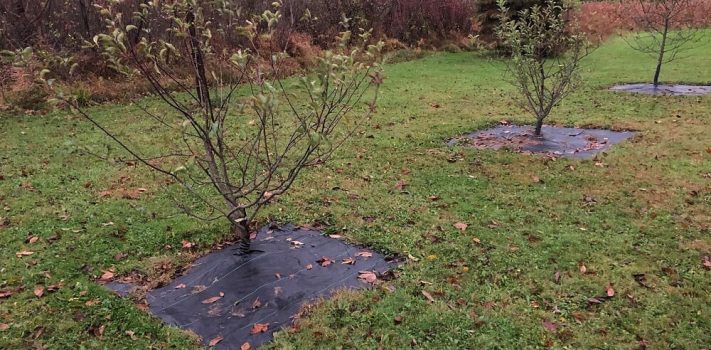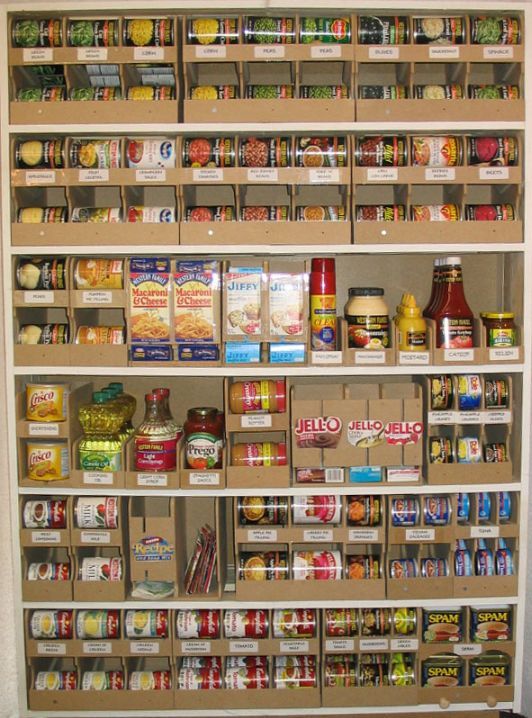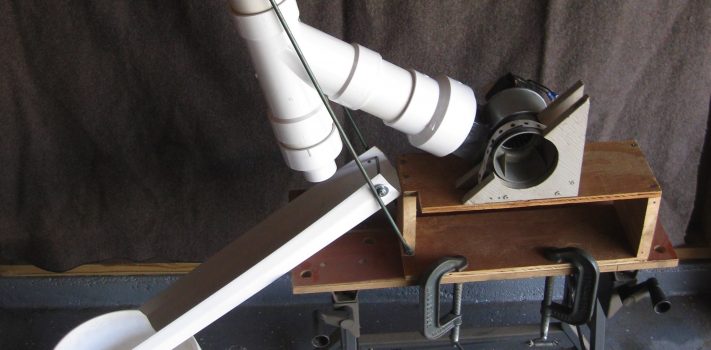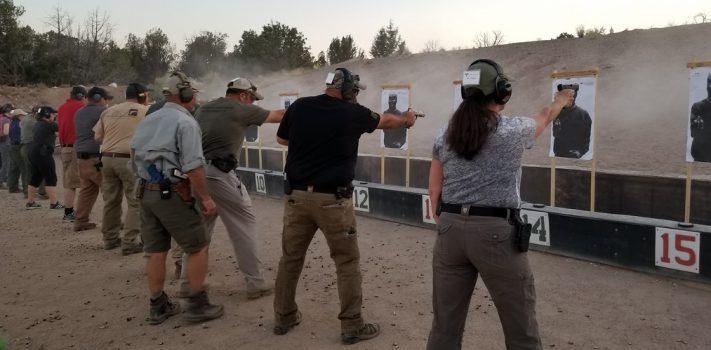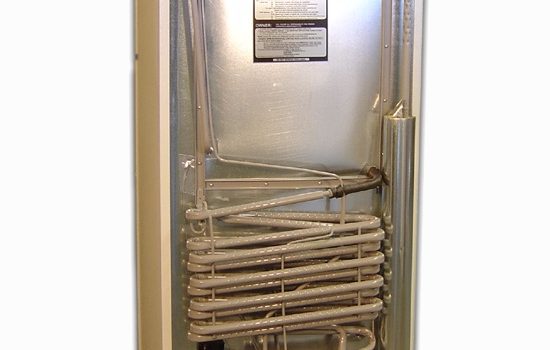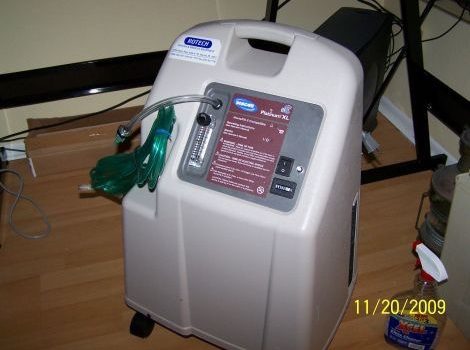Maximizing the Homestead Apple Orchard, by Eric K.
“Surely the apple is the noblest of fruits” – Henry David Thoreau American homesteaders and gardeners have a high degree of familiarity with eating and growing apples. Who hasn’t enjoyed biting into a fresh, crunchy apple on a cool fall morning? Most homesteaders plant an apple tree or two early on in the process of establishing their property. This makes sense – the apple is deeply connected to American pioneering history and culture. Johnny Appleseed traveled the Ohio River Valley and parts of Appalachia planting apple seeds. Oregon Trail settlers carried seeds and seedlings with them when they came west …

